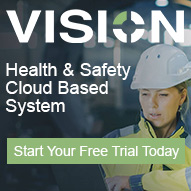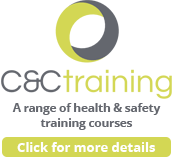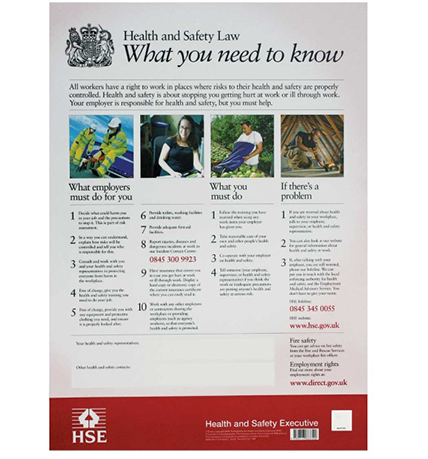All workplaces can be dangerous, no matter what the industry or sector. Therefore, it’s critical that businesses have good health and safety management systems in place, which must include certain principles.
In this short article, we look a little closer at 10 Workplace Safety Principles as outlined by the Health and Safety Executive (HSE), that all businesses should have in order to keep employees and visitors safe.
- Strong Leadership
By strong leadership, we’re not talking about safety leaders dictating rules and regulations, but encouraging a culture of good health and safety practices by using their own actions and passion to demonstrate best practice.
This method of safety leadership not only creates the right attitudes to health and safety, it’s also essential to help reduce incidents, improve morale, and to help businesses make cost savings, and achieve performance goals.
- Worker Involvement
As well as having strong leadership in place from safety leaders, when it comes to having a good health and safety management system in your workplace, worker involvement including talking, listening, and cooperating, is essential.
The main reason why worker involvement is so important is that due to being ‘on the shop floor’, workers often have a deeper understanding of how to spot risks, and are more able to ensure health and safety controls are being implemented.
- Assessment and Review
A good health and safety management system within a business relies on regular assessment and review, whether this is in the form of a health and safety audit, risk assessments or method statements.
The best way to ensure the right type of assessment and review for your health and safety strategy is to work with a health and safety consultancy, who will assign an advisor with in-depth knowledge of your industry.
- Resources
Whether it’s information provided by your organisation, or information from a reputable health and safety advisor, such as C&C Consulting, everyone within the organisation must have access to the right resources.
- Competence
Competence to deal with health and safety matters is essential, especially in the event of an incident. To help ensure this competence throughout your organisation, it’s recommended that professional training is provided.
To find the right training for your organisation, contact a reputable health and safety consultancy who will offer the relevant courses for a range of different needs, such as scaffold inspection or construction site inspections etc.
- Risk Control
Risk control or risk management is a process where you identify and assess risks to help you develop strategies to minimise likelihood and potential harm, then monitor the strategies to see how effective your measures are.
Risk management can be a complex process, and we’d highly recommend getting advice from a professional health and safety advisor, to help you implement the right strategy to ensure risks are eliminated and/or controlled.
- Emergency Preparedness
Emergency preparedness is an essential element to any health and safety management system to ensure that should an incident occur, the right timely actions are taken, and the relevant protocols are put in place thereafter.
To ensure this level of emergency preparedness, professional training from a qualified health and safety advisor is highly recommended, especially if you work in a complex or high-risk environment.
- Monitoring Performance
Monitoring the performance of health and safety management is an essential health and safety principle every business should have for a number of reasons, which include:
- To check how supportive management is around health and safety.
- To make sure the right health and safety arrangements are in place to allow for effective worker involvement.
- To make sure employees know who the right health and safety leaders and representatives are, and how to contact them.
- To make sure the relevant information on health and safety issues is being collected.
- Learning From Incidents
Another hugely important health and safety principle all businesses should have is the ability to learn from incidents, and to use that information to either remove the risk, or to ensure the right strategy is put in place to mitigate the risk.
- Sharing Good Practice
This final principle is about creating a culture of good health and safety within your organisation, and ensuring everyone is aware of the best ways to stay safe, keep others safe, and maintain good health and safety practices ongoing.











